Imagine rebuilding your entire home every few years.
That’s exactly what the Indigenous people who live on the floating islands on Lake Titicaca do…oh, and did I mention those artificial islands are also made entirely of reeds?
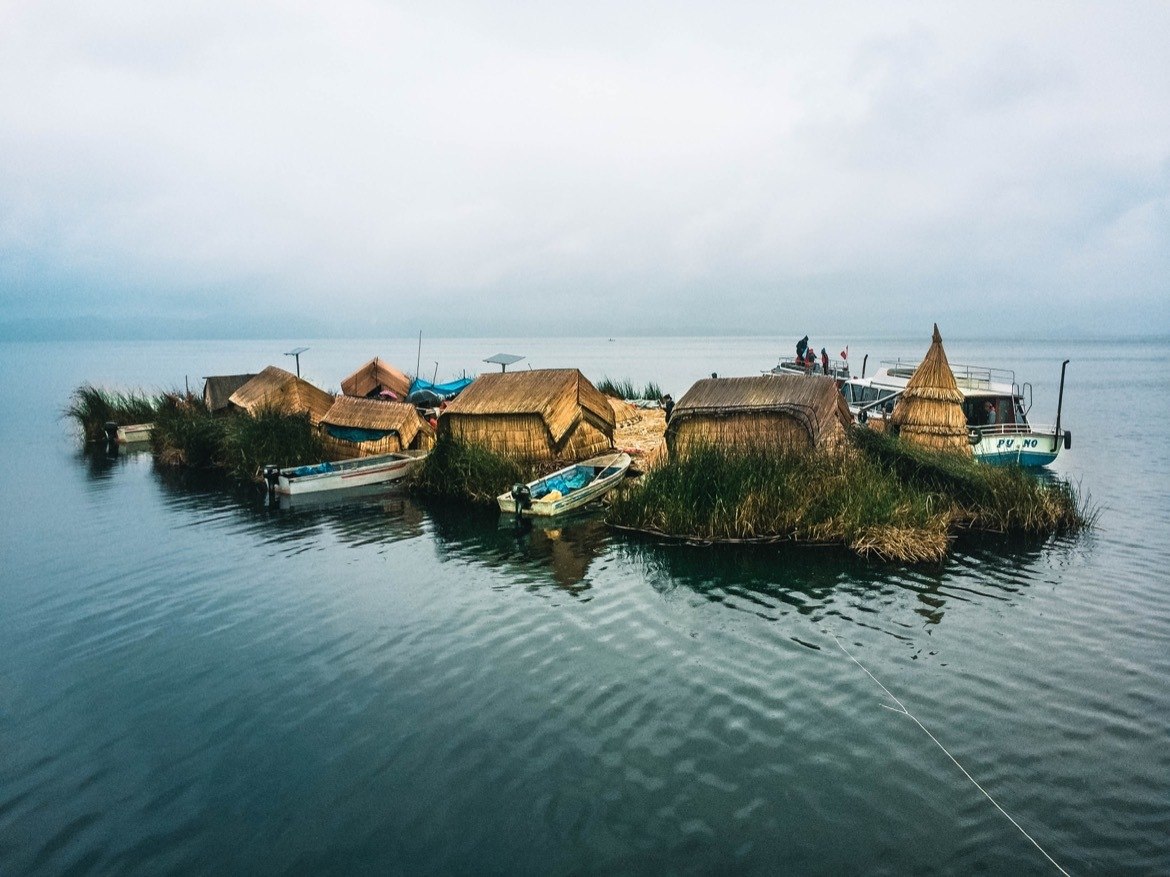
The Uru or Uros people have lived on the lake for nearly 4,000 years, which is near the city of Puno, Peru along the Bolivian border. About 1,200 villagers still live in the area, earning money through tourism and selling handicrafts, and have remained true to their culture by continuing to dress in traditional clothing and surviving off fish they catch from the lake and eating edible parts of the surrounding reeds.
Aside from the novelty factor, visit to the Uros reed islands provides a fascinating glimpse into Peruvian culture, making this an unforgettable experience to include on a Peru itinerary.
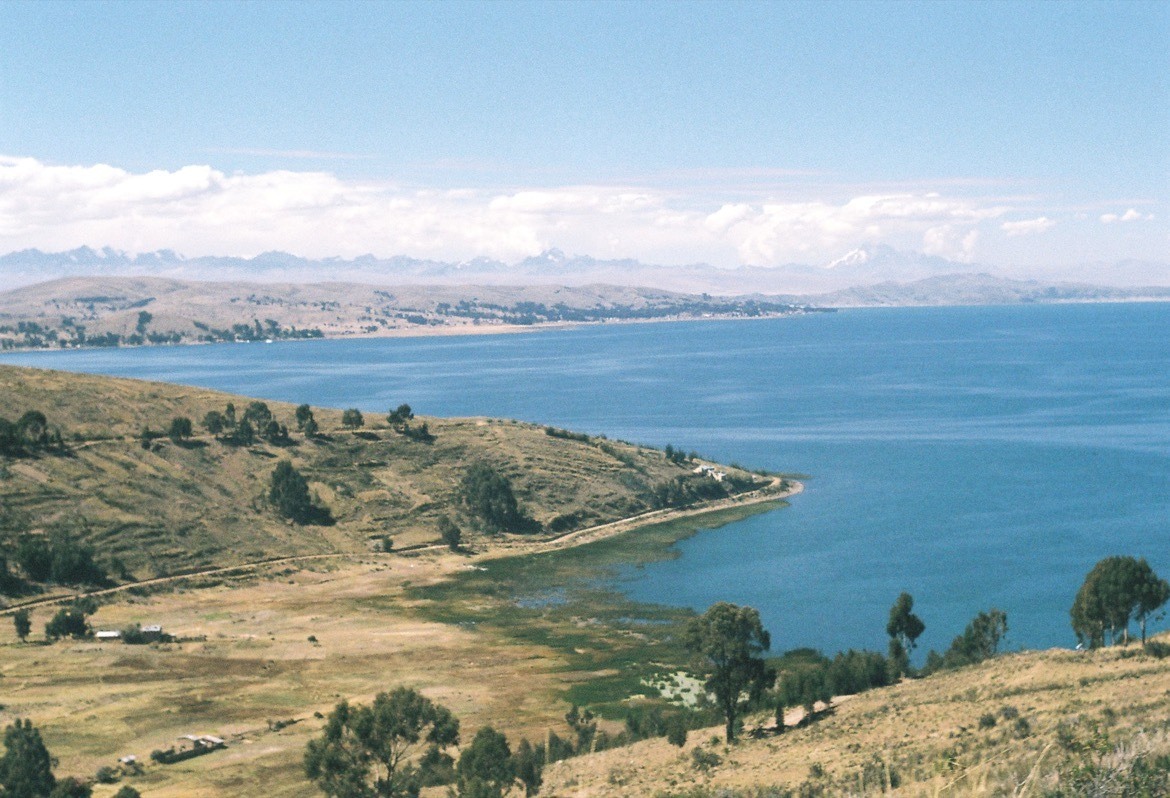
How the Uros islands are made
After constructing a strong clay base made up of cubes of earth tethered together, the Uros people chop down large bushels of the plentiful totora reed, then weave them together. Those are then layered on top of each other to make each of the dozens of islands in the area, which also have sleeping huts and eating areas. Finally, they’re anchored to the lake bed using long sticks and rope.
Unfortunately reeds disintegrate over time, so villagers need to keep adding more to stabilize them, especially on busier islands frequented by tourists. While the reeds can be swapped out as often as every few months, they eventually have to rebuild the entire thing which takes an incredible amount considering everything is still done by hand in the traditional fashion.
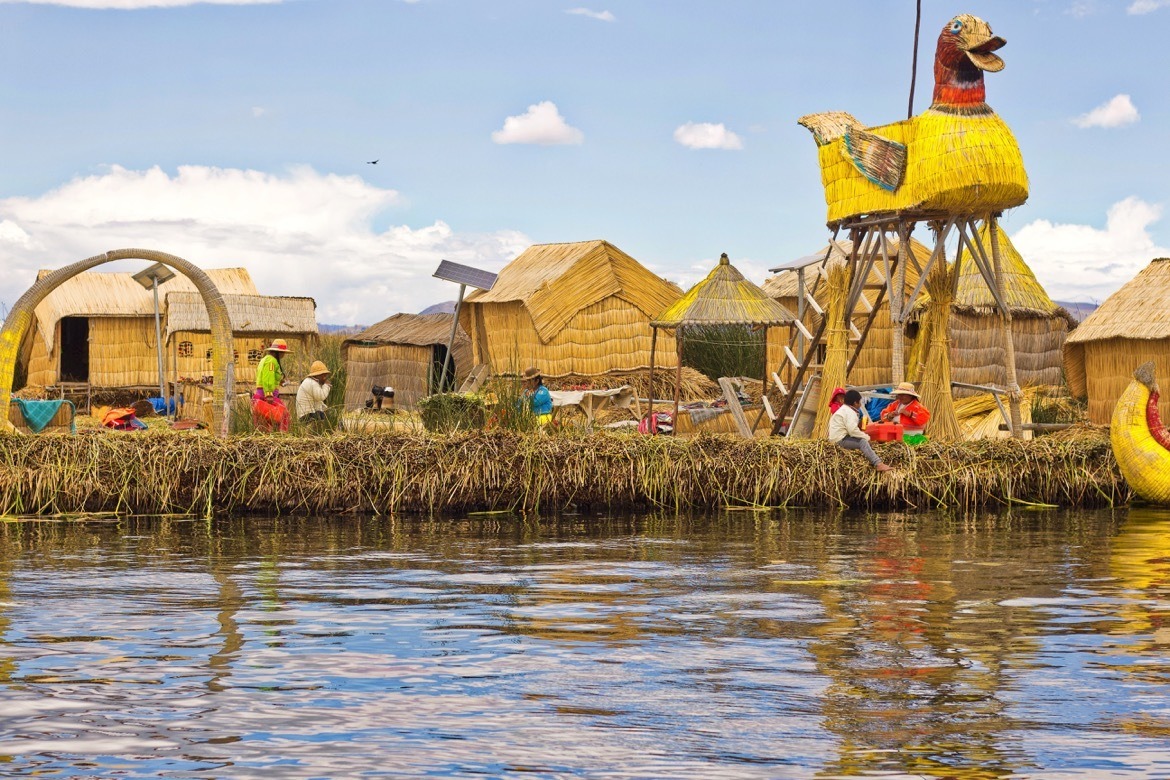
While there’s obviously not much technology around these parts, the Uros people have modernized things a bit by using solar panels for lights, showers and charging electronics, and installing eco-toilets that don’t require a plumbing system.
Where to stay on the floating reed islands
If time is an issue, it’s possible to see the floating islands on Lake Titicaca as part of a quick day trip from Puno. However, to truly appreciate what life is like for the Uros people, the best option is to spend the night by booking a homestay.
A great option is Uros Khantati, where Victor and his wife Cristina have been hosting visitors in their community since 2002. It all started when their Dutch friends encouraged them to start renting out some of their huts, and it wasn’t long before Lonely Planet caught wind of it and included Khantati in one of their guidebooks.
Lo and behold, it’s become a popular little place and even won a national tourism award for promoting innovations in rural community tourism.
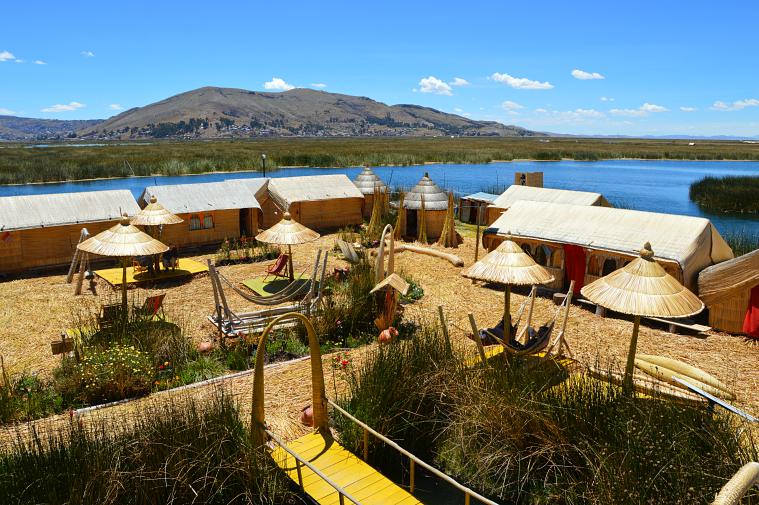
Cristina is a giggly, lovely woman who can cook up a storm and thinks that pretty much everything around her is hilarious. Quiet, friendly Victor is the one who takes guests out fishing, and teaches them how the islands are built thanks to the little models they’ve constructed.
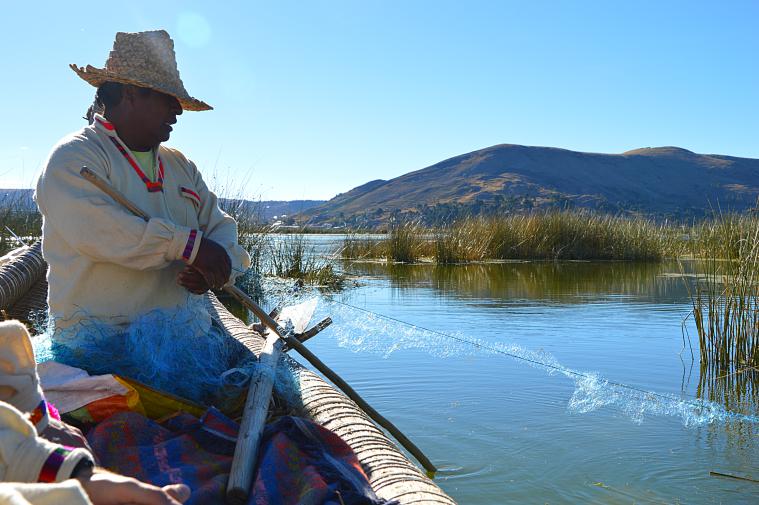
Uros Khantati charges around 170 soles per person per night, which includes transfers from Puno, three meals per day and all activities.
What to do on the Uros floating islands
Those who head to the floating islands of Lake Titicaca can expect to be taken around by boat to the different islands, which are home to nearly 400 families. If you’re lucky you’ll catch a glimpse of a ‘school bus’…AKA a boat packed full of kids being dropped back at home. Adorable!
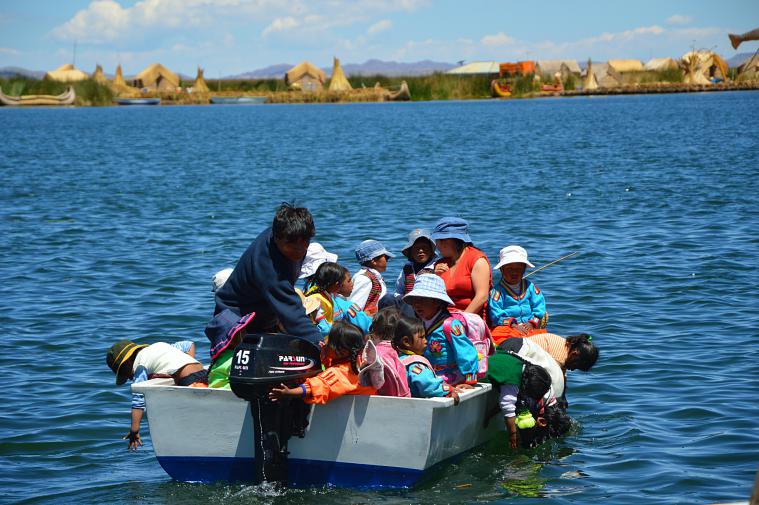
Tours usually include a meet-and-greet with locals to guide visitors around while explaining their culture and traditions. Like any good tourist operation, there’s also ample opportunity to buy souvenirs.
To be honest they’re a bit pushy about trying to get you to part with your money here, so just try to keep in mind that it’s their main way of earning a living.
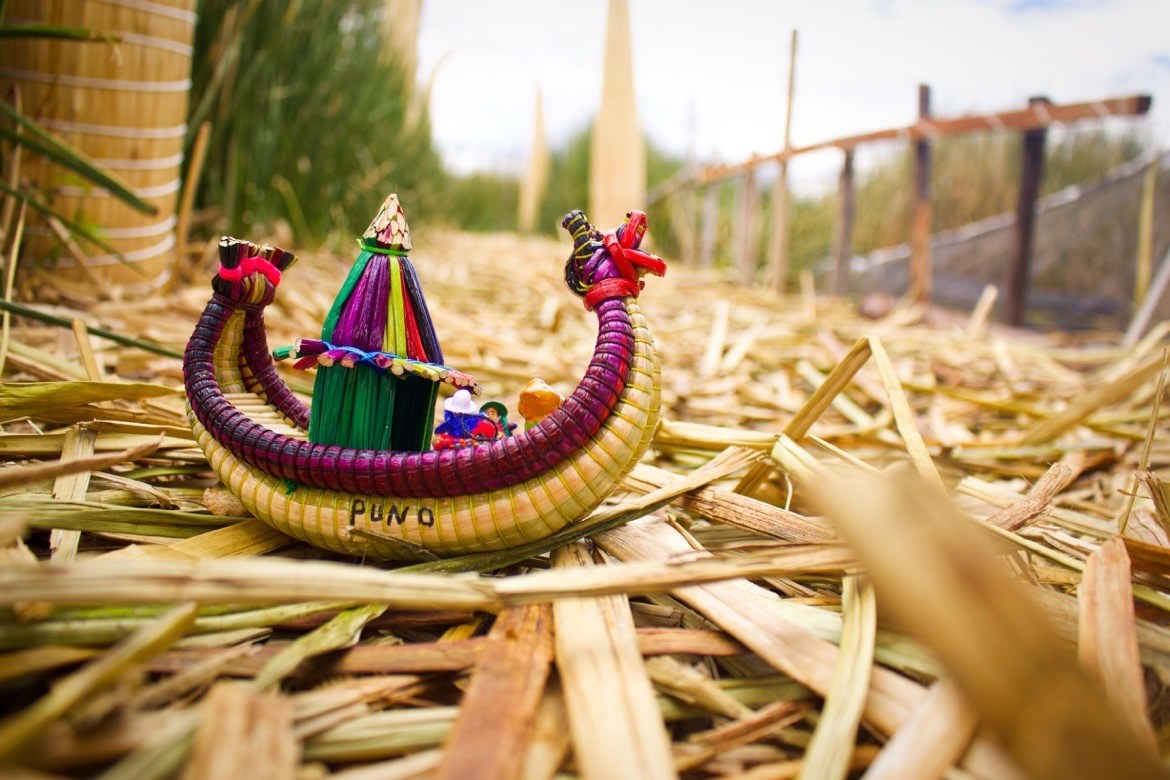
For those lucky enough to get a room at Uros Khantati, you’re in for a treat when it comes to the activities. Not only will you get a full rundown about how the islands actually work, but Victor will take you out fishing both in the morning and at night when he puts out his nets.
The real highlight, though, is what you’ll wear during all this: full, traditional Peruvian outfits. Seriously, there’s no way to get out of it once Cristina starts dressing you up like her little doll, so just go with it and start snapping those selfies!
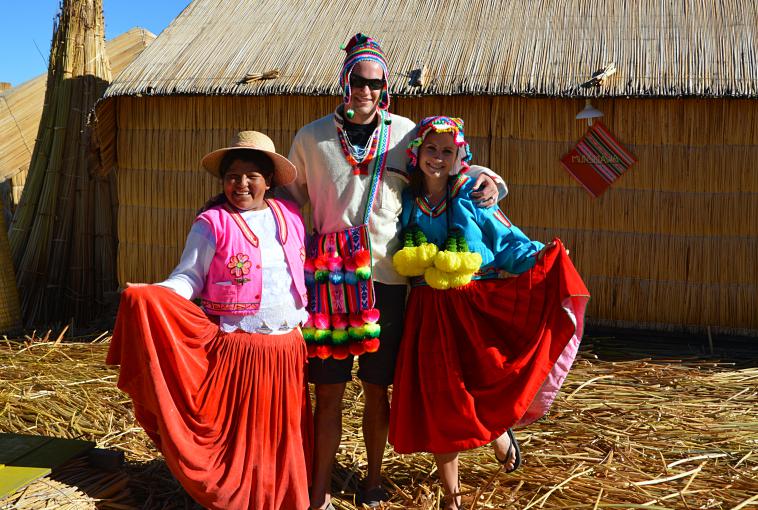
One of the greatest things about the whole experience is how darn relaxing it is on the Uros floating islands. With no traffic, TV or internet, there are no distractions which makes it the perfect place to curl up in one of the hammocks with a good book. Forget the beach: now, you can brag about that time you suntanned on an island made of reeds!
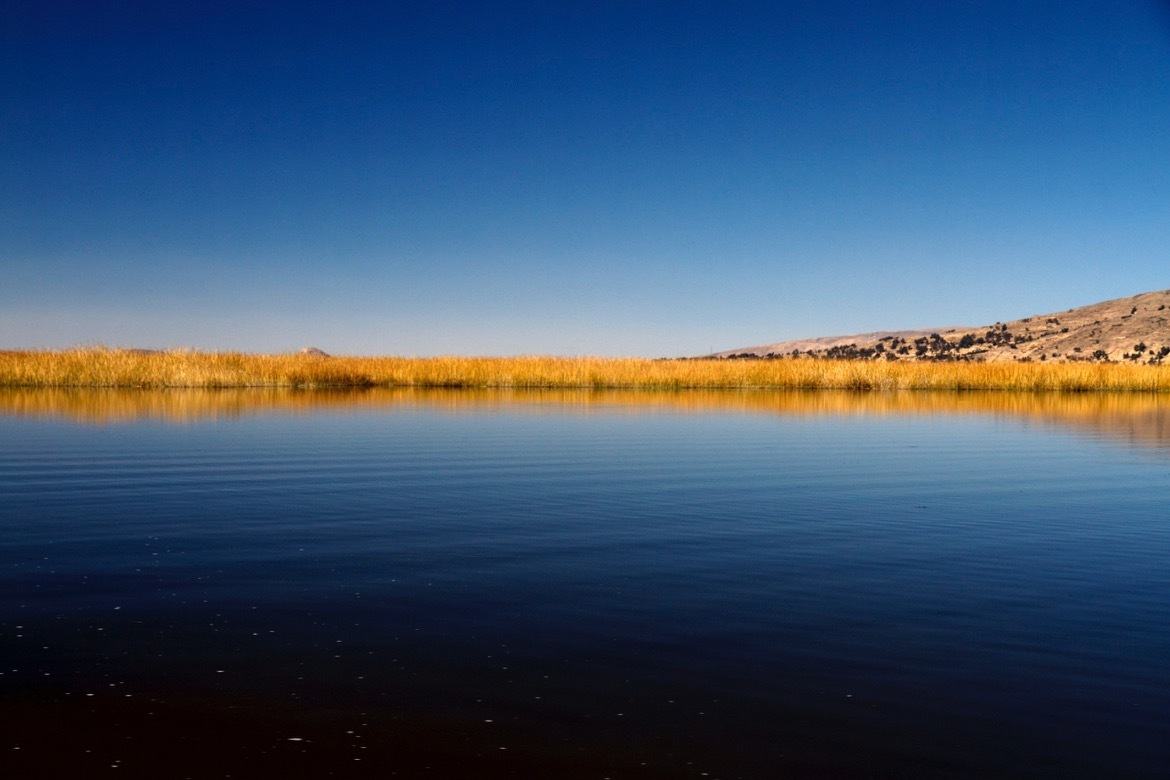
How to book an overnight stay at the Uros reed islands
There are a few different ways to plan an overnight visit to the floating islands of Lake Titicaca, including booking a homestay directly through Uros Khahanti. There are also a few operators that organize multi-day trips to islands in the area, with overnight stays at neighbouring Amantani island:
Practicalities for visiting the Uros floating islands in Peru
Currency: Peruvian soles
How to get there: Boats to the reed islands depart from the city of Puno in southeastern Peru, which is regularly serviced by buses throughout Peru and from Copacabana in Bolivia. There’s a direct bus that makes the 7-hour drive from Cusco, as well as this Cusco to Puno tour that includes some sightseeing stops along the way. Click to book
Another option is to fly into Inca Manco Cápac International Airport in Juliaca, which is a 30 minute drive from Puno. You can then catch a shuttle bus to Puno or hire a taxi for about 90 soles. Finally, a fun way to get to the Uros reed islands is to join a kayaking tour, which are either half-day or full-day experiences. Click to book
Must do: Pack warm clothes, as it gets downright freezing as soon as the sun sets. Thick blankets and a hot water bottle are provided to keep you toasty in bed, and wearing wool socks and a hat help keep away the chill.
Day tours to the Lake Titicaca reed islands
While the overnight experience will give you the best appreciation for what life is like in the Uros floating islands, another option is to book a day trip which includes a stop on nearby Taquile Island. Here are a few good options departing from Puno:
YOU MIGHT ALSO ENJOY:
- Machu Picchu: Tours, hikes and how to see the incredible wonder
- Sun and fun in the desert: The Huacachina oasis in Peru
- Popular Peruvian food: 4 things you must try
- Why I didn’t like Copacabana, Bolivia
SHARE THE PINSPIRATION! CLICK THE IMAGES BELOW TO PIN:
This post may contain affiliate links, which Globe Guide receives compensation for at no additional cost to you.


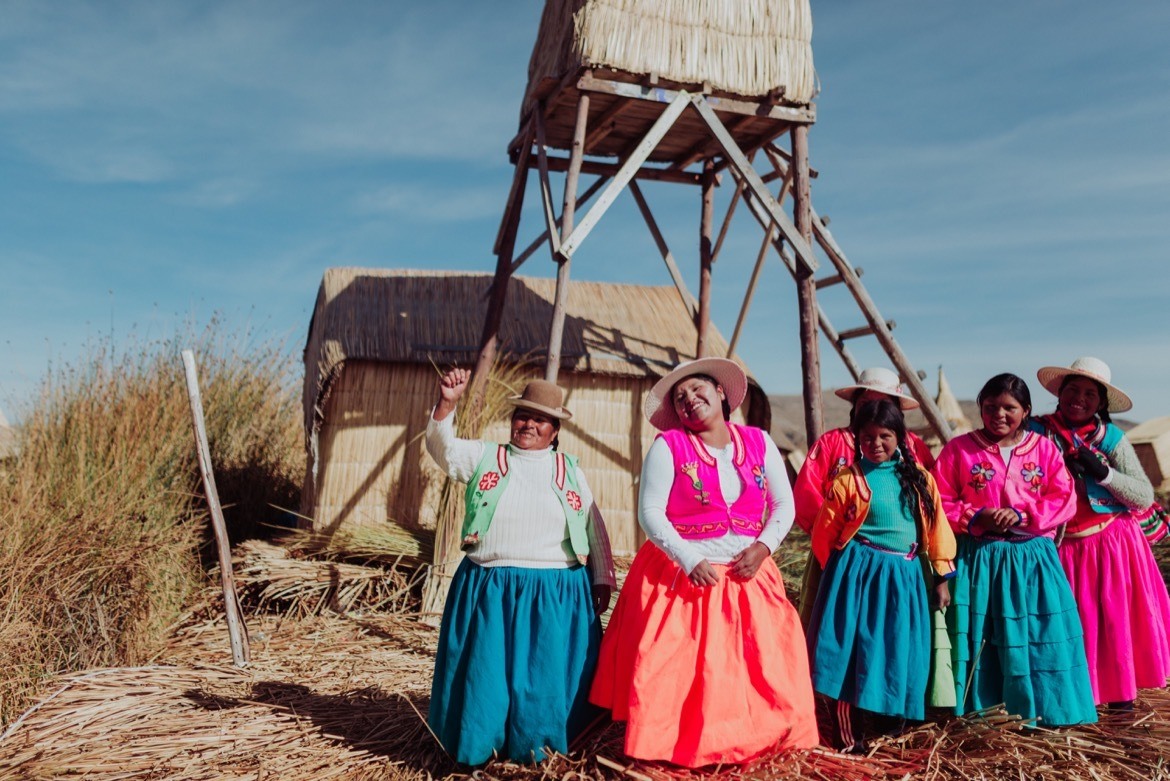
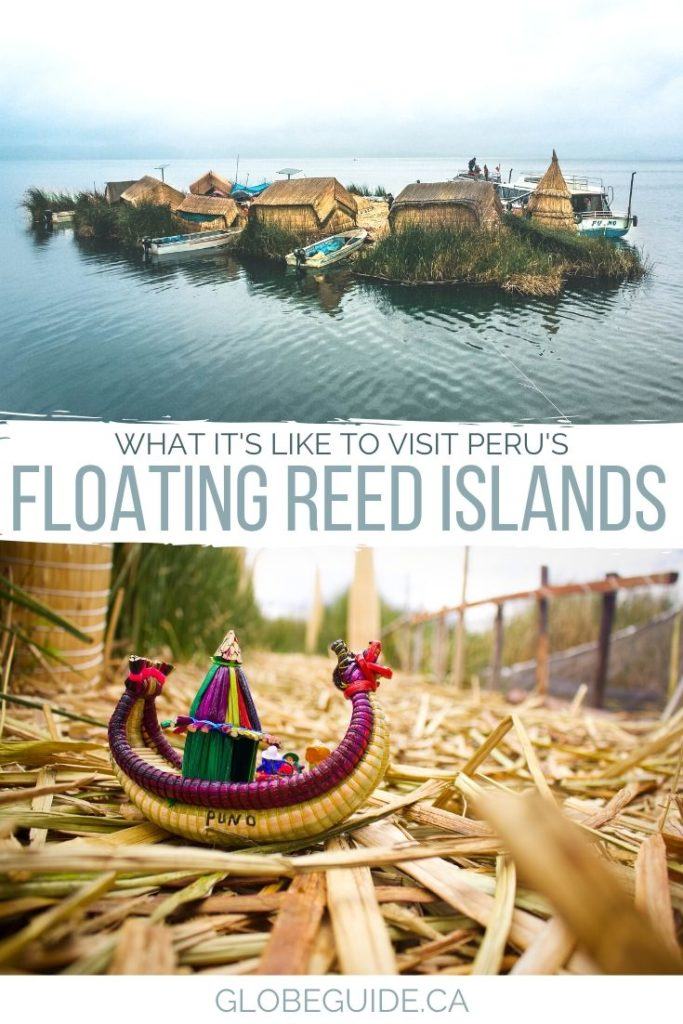
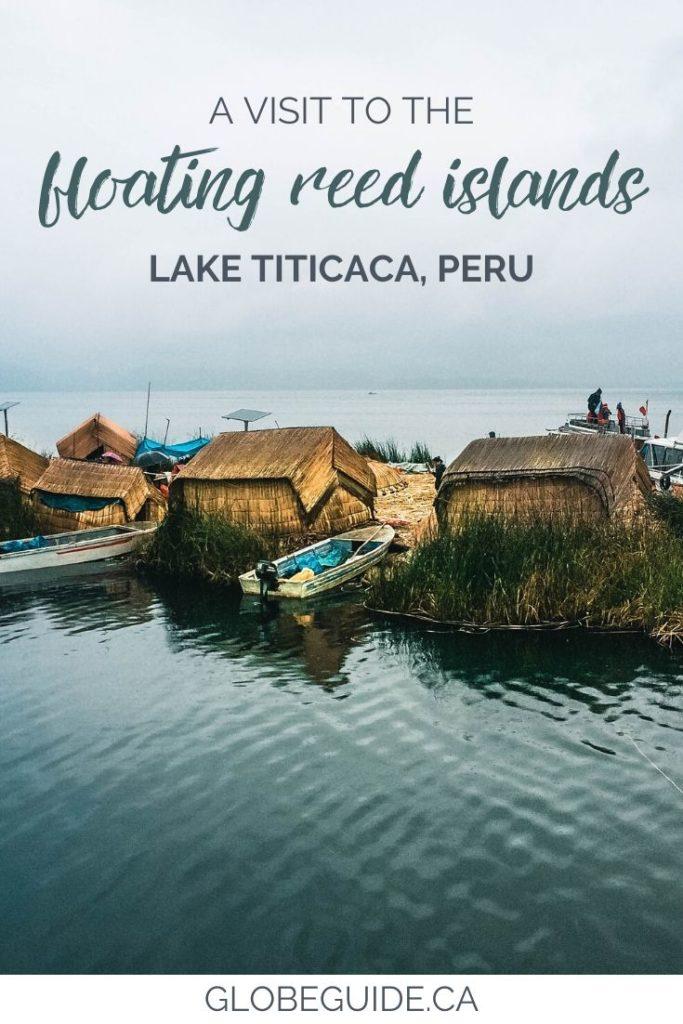
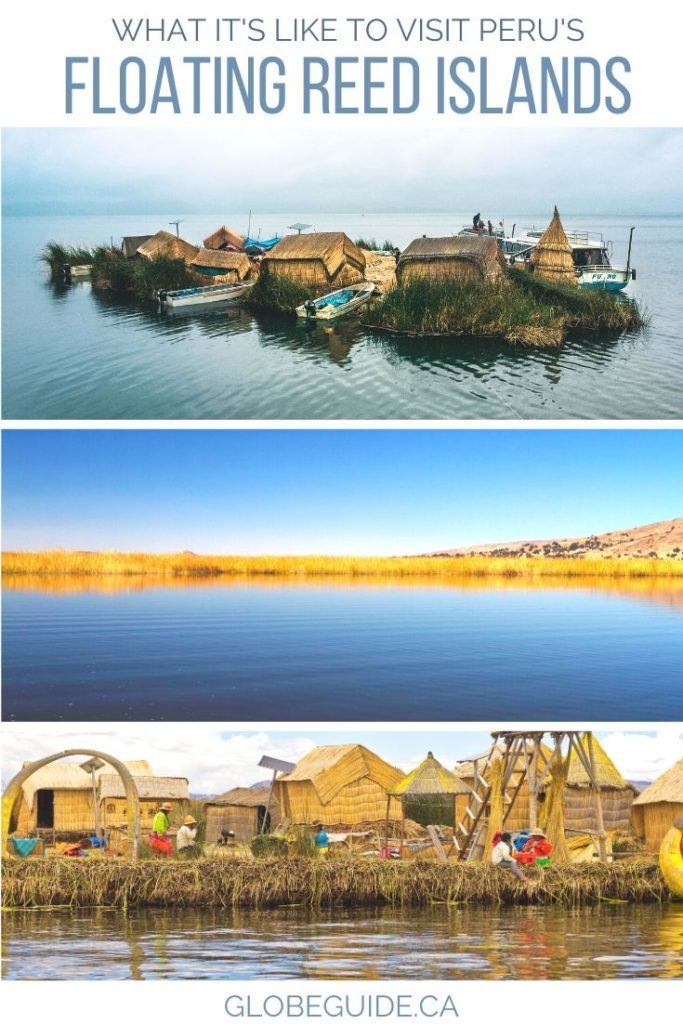
Pingback: How to get to Machu Picchu
Pingback: Lima airport: The sneakiest scam ever? - Globe Guide
Pingback: A guide to Peru's mystical Sacred Valley tour
Pingback: The best things to do in Panama City, Panama in just one day
good
I had the pleasure to visit Uros islands in Lake Titicaca not long ago. It is really very interesting. I find this description very intelligent and interesting.